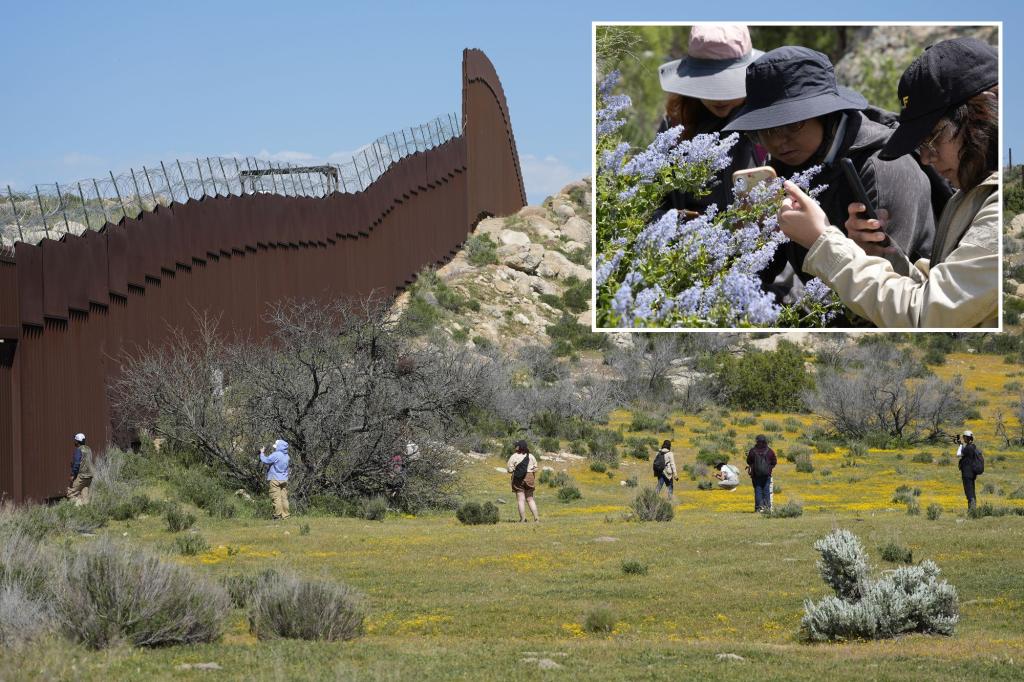In Jacumé, Mexico, botanists and citizen scientists are participating in the Border Bioblitz, documenting as many species as possible along the US-Mexico border using the iNaturalist app. This effort aims to provide data that can lead to more protections for the region’s biodiversity, which is often overshadowed by issues like drug trafficking and migrant smuggling. The border wall construction initiated efforts to document the flora and fauna along the border, as the impact of habitat loss, climate change, pollution, and development on biodiversity is becoming increasingly severe.
There is a growing concern about the extinction of plant and animal species globally, with an estimate suggesting that a million species could face extinction within decades. The United Nations is expected to hold a meeting in Colombia regarding the Convention on Biological Diversity, where representatives from nearly 200 countries will present plans to protect 30% of important biodiversity areas by 2030. Baja California peninsula, which borders California, Mexico, has significant biodiversity, with more than 4,000 species of plants, a quarter of which are endemic. However, many species are considered rare and endangered with little to no protection.
Mexico has a rich biodiversity, with species that have gone extinct or are in danger of disappearing in the US thriving in the southern border region. However, crime in the area deters many US scientists from crossing the border to conduct research. Mexican authorities have also restricted permits for botanists and collecting seeds, further hindering conservation efforts. Despite the challenges, botanists like Jon Rebman from the San Diego Natural History Museum are working with local communities to document and protect rare plant species in the region, with Rebman’s team locating 11 out of 15 plant species once thought extinct.
Botanists like Jon Rebman and Mariana Fernandez are taking steps to protect native plants in Baja California, where only a fraction of them are on Mexico’s federal protection list. Fernandez, working with Rebman, is advocating for more protections for native plants in the region, hoping to raise awareness among local residents and government officials about the importance of preserving biodiversity. The duo has discovered new plant species and varieties amidst the challenging environment near Tijuana, demonstrating the need for conservation efforts in the area. By involving the community in hikes and educational programs, they aim to build support for plant conservation.
As border security increases and more migrants seek refuge in areas like Jacumé, where the Kumeyaay tribe resides, the importance of protecting biodiversity along the border becomes more evident. Despite the challenges of violence and crime in the region, botanists and citizen scientists continue to document the flora and fauna in hopes of raising awareness and advocating for conservation measures. The area near Jacumé, which has seen an influx of asylum seekers waiting to cross into the US, serves as a critical juncture for biodiversity conservation efforts and human displacement crises. Through initiatives like Bioblitz and community engagement, researchers aim to highlight the value of preserving biodiversity and overcoming human-made barriers for the sake of biodiversity.













